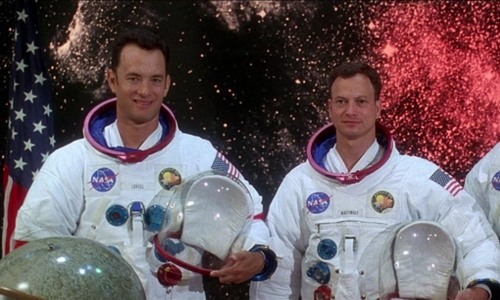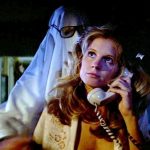“Apollo 13” (1995) is a historical drama film directed by Ron Howard, based on the true story of the ill-fated Apollo 13 lunar mission.
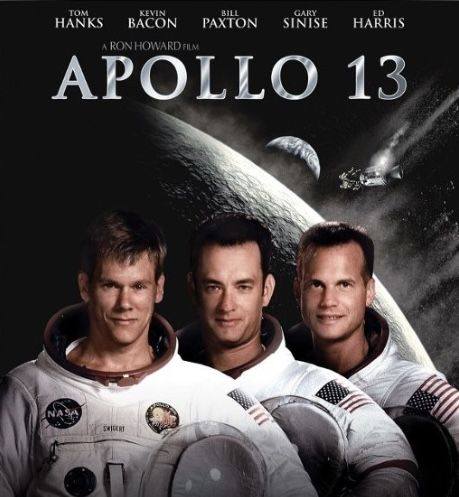
“Apollo 13,” directed by Ron Howard and released in 1995, is a gripping historical drama that chronicles the harrowing and heroic story of NASA’s Apollo 13 lunar mission. The film is based on real events that took place in April 1970 when an oxygen tank explosion aboard the spacecraft jeopardized the lives of three astronauts and the mission itself. Through expert direction, powerful performances, and meticulous attention to detail, “Apollo 13” captures the tension, teamwork, and triumph of human spirit in the face of disaster.
Chapter 1: The Launch
The film opens with the excitement and anticipation surrounding the Apollo 13 mission. Jim Lovell (Tom Hanks), the mission commander, along with his crew members Fred Haise (Bill Paxton) and Jack Swigert (Kevin Bacon), prepare for what is supposed to be NASA’s third lunar landing. The launch on April 11, 1970, is flawless, and the spacecraft enters a perfect trajectory towards the moon.
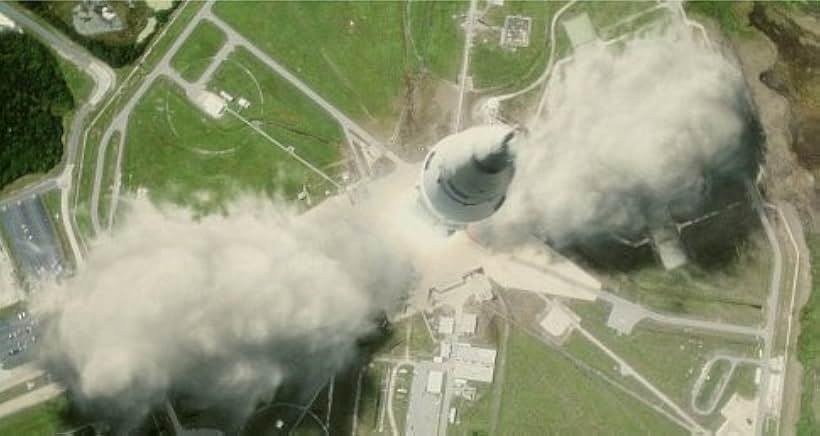
Chapter 2: “Houston, We Have a Problem”
The mood shifts dramatically when, two days into the mission, an oxygen tank explodes, crippling the spacecraft. The famous line, “Houston, we have a problem,” echoes the gravity of the situation as the crew reports the explosion to Mission Control. The explosion not only endangers the crew’s lives but also derails the mission’s primary objective of landing on the moon.
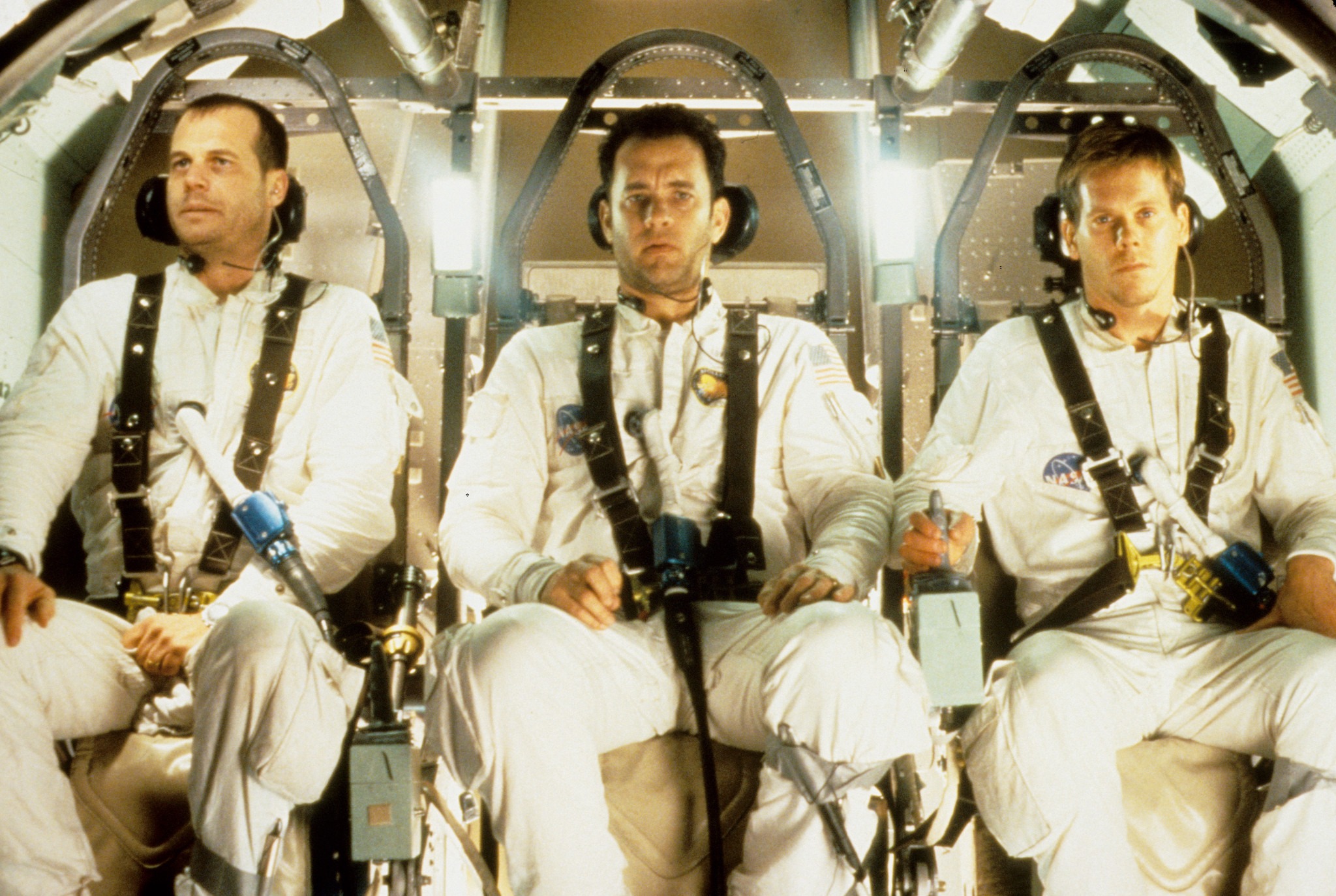
Chapter 3: The Fight for Survival
With the lunar landing now impossible, the focus shifts to bringing the astronauts home safely. The damaged spacecraft loses oxygen, power, and cabin heat, forcing the crew to shut down the command module and use the lunar module as a lifeboat. The film vividly portrays the ingenuity and determination of both the astronauts and the NASA engineers on the ground as they work against the clock to devise a plan for a safe return.
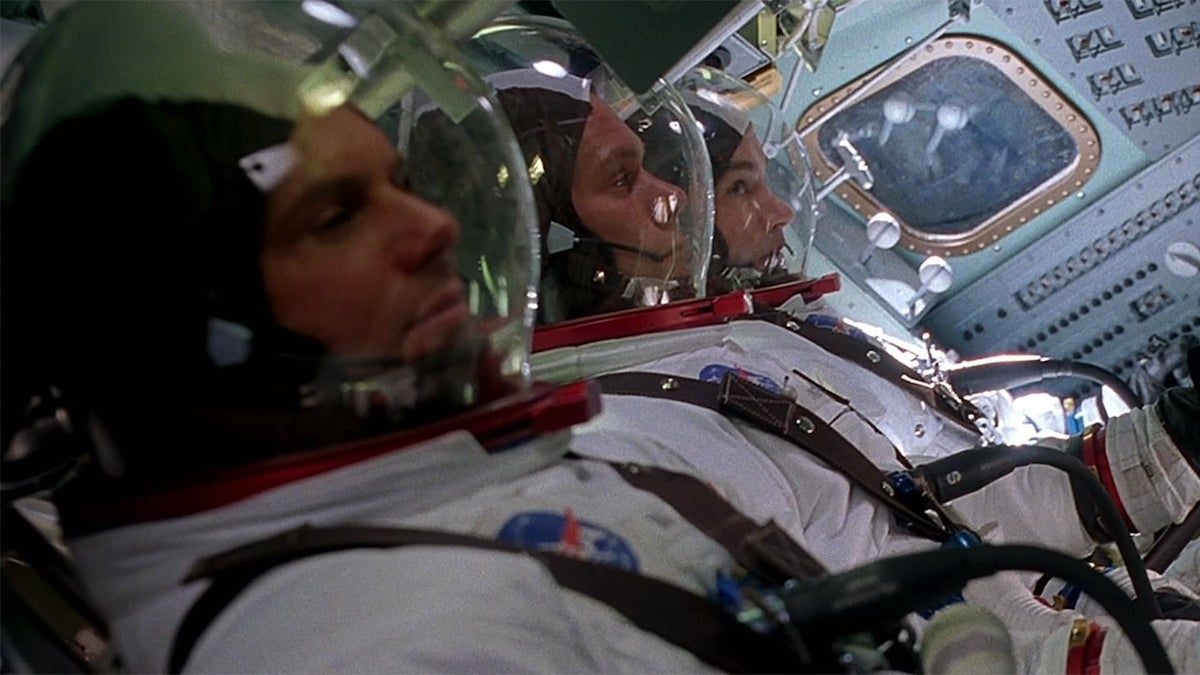
Chapter 4: Ingenious Solutions
The film highlights the resourcefulness of the NASA team, led by Flight Director Gene Kranz (Ed Harris). Faced with the challenge of limited resources and time, the team comes up with innovative solutions to conserve power, manage carbon dioxide levels, and navigate the spacecraft back to Earth. One of the most iconic scenes shows engineers in Mission Control dumping a box of miscellaneous items on a table, representing what the astronauts have on board, and devising a way to adapt these materials into a makeshift air filter.

Chapter 5: The Return to Earth
As Apollo 13 approaches Earth, the tension reaches its peak. The astronauts must perform a critical burn of the lunar module’s engine to correct their course. With minimal power and no computer guidance, Lovell manually steers the spacecraft, using the Earth as a reference point. The film builds suspense as the astronauts re-enter the Earth’s atmosphere, enduring a prolonged and nerve-wracking radio blackout.
